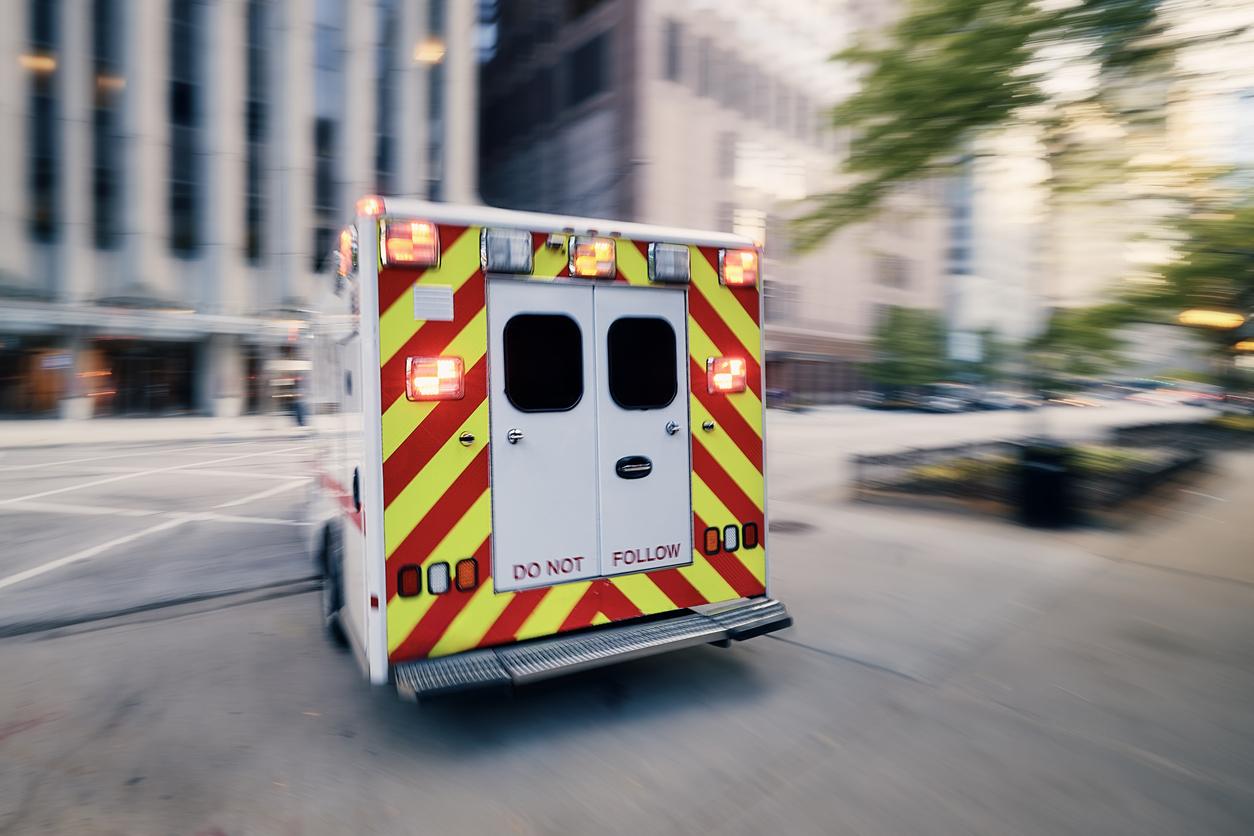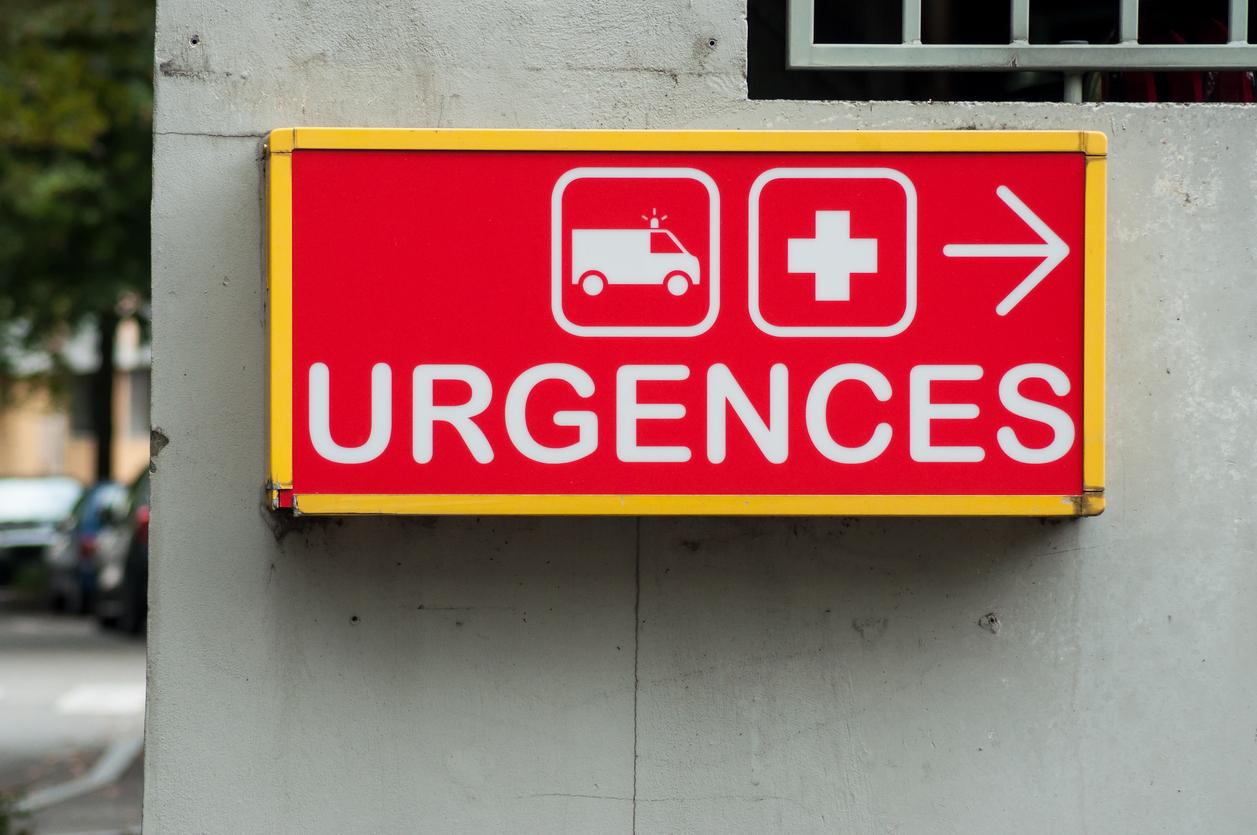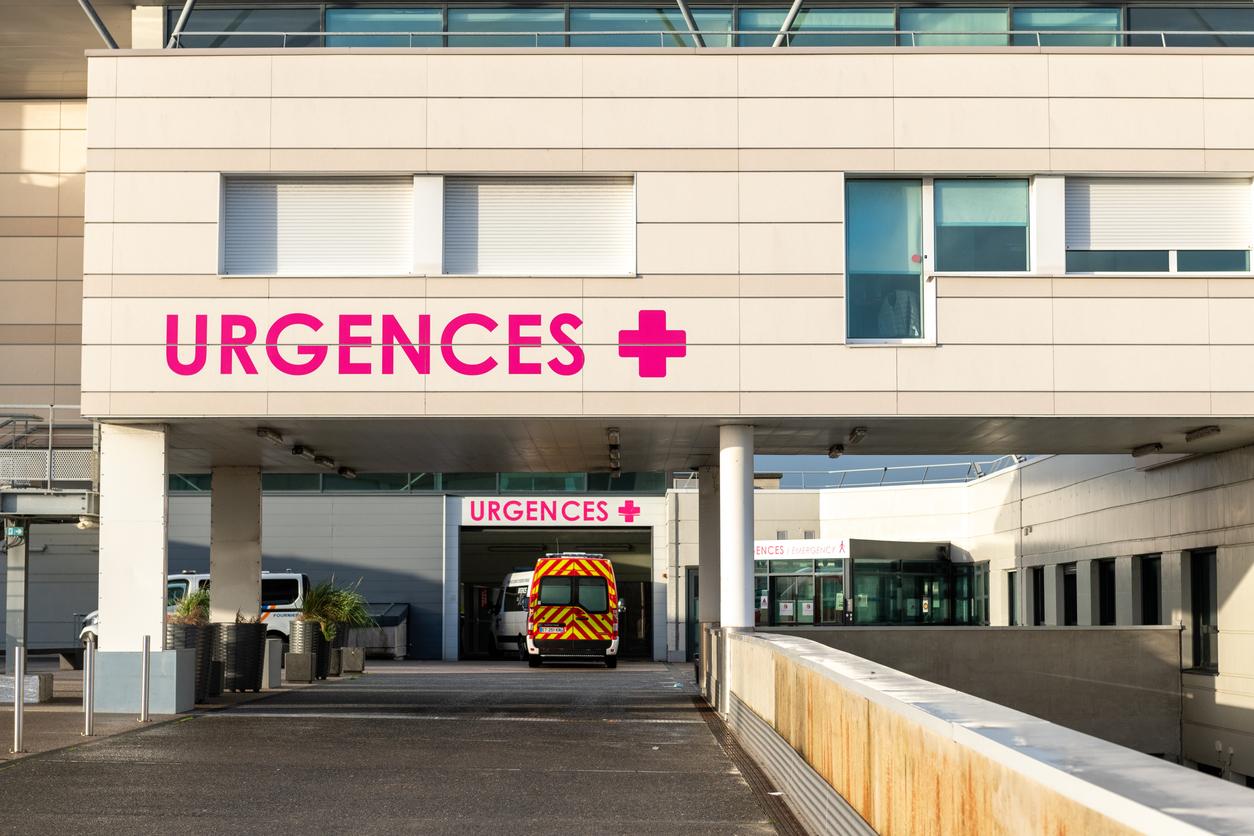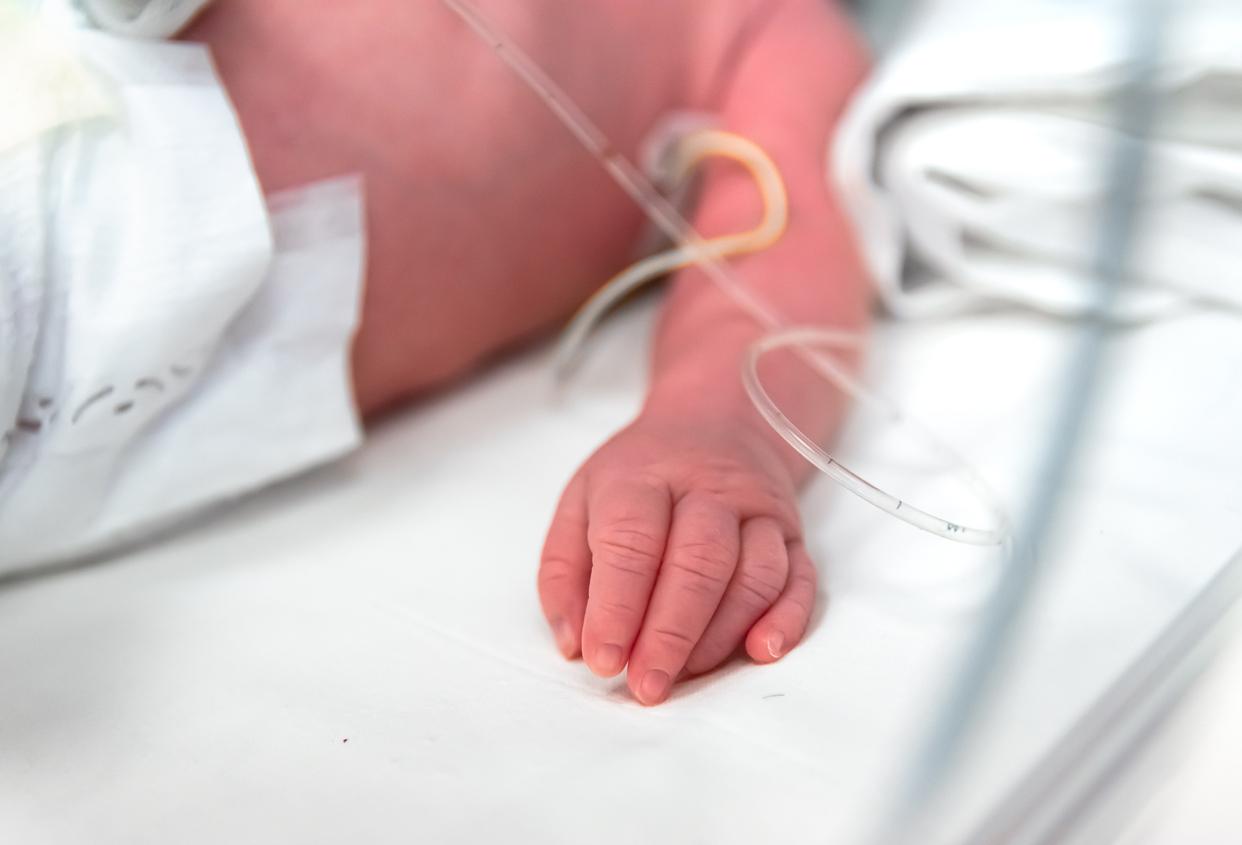Using a drone to send a defibrillator to the site of a heart attack could save many lives.

Cardiac arrest outside the hospital is 7% survival. A low figure, which the emergency services are struggling to improve. The downside remains the waiting time before the intervention of firefighters, or Samu teams.
Emergency services sent to the site, even in priority vehicles, are limited by their travel time. It is not always possible to send a helicopter, but the airway could be the solution, in a more original way.
A Swedish team from the Karolinska Institute in Stockholm has developed an automatically piloted drone capable of bringing a defibrillator to the scene of cardiac arrest. And the gain is not negligible: it would drastically reduce the intervention time.
16 minutes won
In a letter published in the scientific journal JAMA, the developers of this drone announce the promising results of their machine. “In all the simulations that we have carried out, the drone arrived before the ambulance”, rejoice the authors.
And the gain is not small. Out of the 18 simulations carried out in rural areas, and over distances of up to 10 km, the ambulances took between 5 and 39 minutes to arrive. The drones did much better: between 1 and 12 minutes. The median gain, say the researchers, is over 16 minutes: instead of 22 minutes, they barely take more than 5. A “clinically important” gain.
“A lost minute is 10% less chance of survival”, explained Professor Jacques Beaune, cardiologist and honorary president of the French Federation of Cardiology (FFC), in 2015, on the occasion of an awareness campaign for actions that save.
Reaction time
Part of the profit is based on the reaction time of the drones. While it takes about 3 minutes for an emergency vehicle to go into action, the drone only needs 3 seconds. Once the emergency has been identified, the operator (the medical regulation assistant for the Samu) transmits the address. As the personnel must join their vehicle and drive off, the drone leaves immediately.
Then, the air route saves precious time. The Swedish drone can reach 75 km / h, even equipped with its defibrillator. During tests, it was flying at around 50 km / h. It also doesn’t need a pilot: all flights used the drone’s autopilot, assisted by pilots on landing, for safety reasons.
Automatic defibrillator
The drone intervention could concern more than 25,000 people who lose their lives each year, victims of cardiac arrest at their home, under the watchful eye of a witness. The cardiac defibrillator is an easy to use tool which gives good results even when used by a novice.
“It is very easy to use,” assures Professor François Carré, cardiologist at the Rennes University Hospital. When the electrodes are placed on the victim’s chest, they detect a possible rhythm disturbance, the device makes the diagnosis automatically, and indicates whether the shock is necessary or not. “First aid, while waiting for the doctors.
Adapt legislation
Other obstacles now present themselves to the developers of the drone. All the tests were carried out with very favorable weather conditions, and the drones could be quickly limited by the vagaries of the weather. As drones are autonomous, there are also questions of authorization to fly, and therefore of responsibility in the event of an incident. Finally, what role should be given to the defibrillator? He is not a rescuer, and the rapid arrival of the drone certainly gives access to a tool that can save a life, but is not medical care.
All these questions will have to be studied. But faced with the saving of time, and with some adaptations and integration into the system already in place of emergency services, flying defibrillators could well appear in the skies of our cities and countryside.
.















